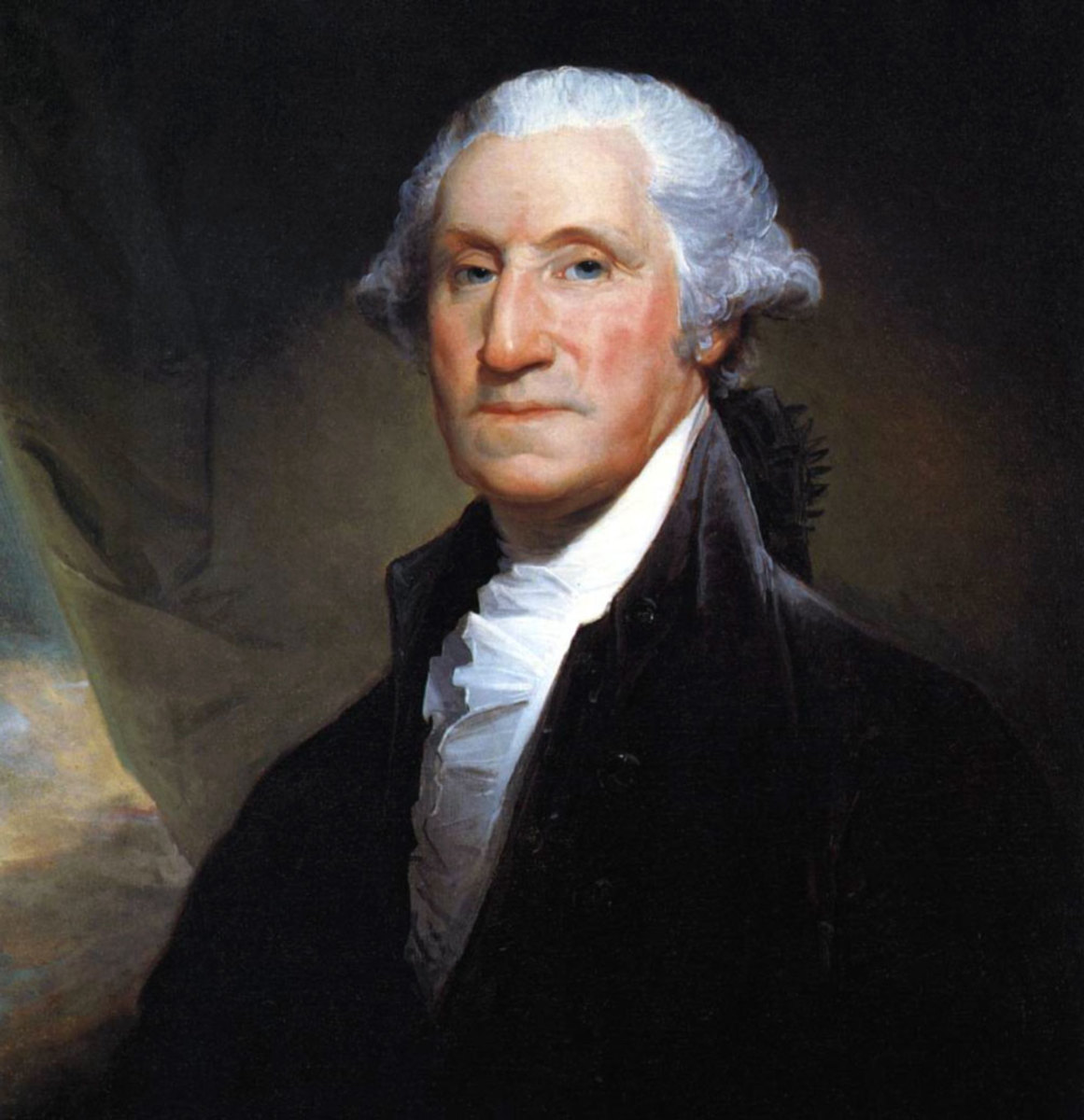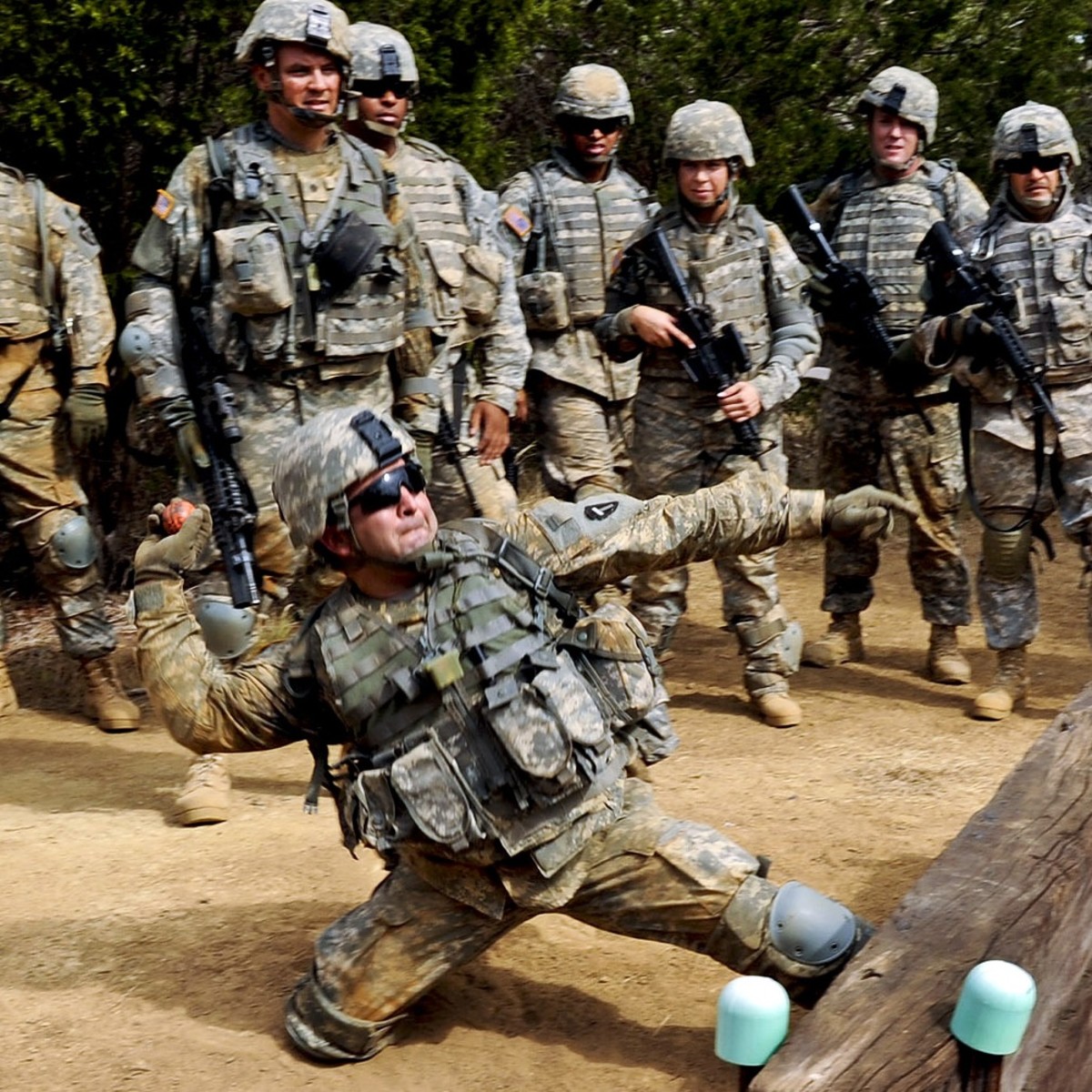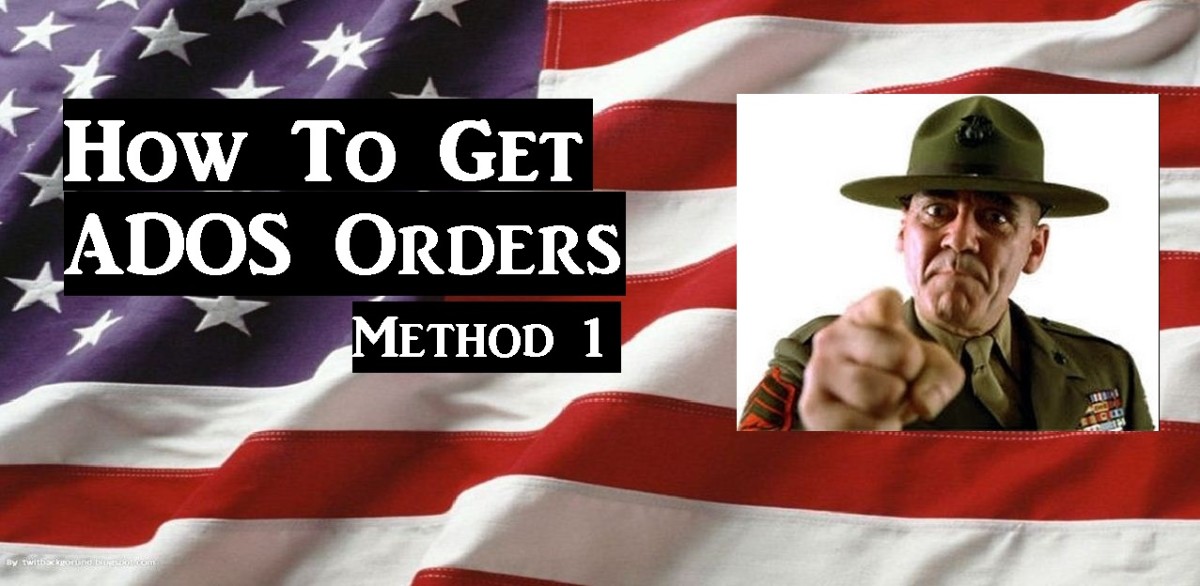Asymmetric Warfare in Counterinsurgency
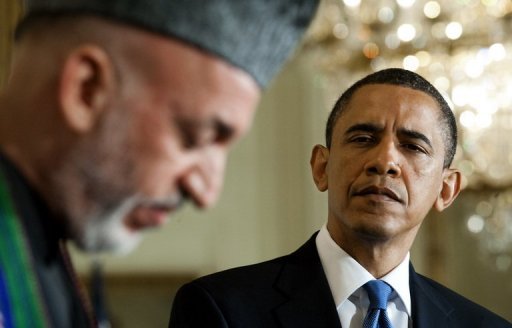
Combat has existed for eons. There have been various tactics and strategies employed by generals throughout history and likely well before history was even recorded. In ancient Greece, there were phalanxes and hoplites in tight-knit battle formations. The Japanese introduced the ninja for covert and clandestine operations while the Hashashin specialized in assassination. Knights of the middle ages utilized mounted cavalry tactics. The American Civil War used rank and file formations and barrages of musket fire. World War I yielded trench warfare and chemical weapons while World War II introduced suicide attacks by Kamikaze pilots and American amphibious warfare. Vietnam brought the helicopter to the battlefield and American forces discovered vertical envelopment. The Cold War brought espionage to the forefront as intelligence and counterintelligence became the strategy and the battlefield encroached on lives of civilians all of whom were potential pawns in the chess game between the U.S.S.R. and the U.S. of A. The attacks of September 11, 2001 brought terrorism to America’s front door and gave the people a long overdue wake up call. Today America has launched a massive counterinsurgency operation to engage terrorists and insurgents who utilize guerrilla tactics on their own turf. Throughout the evolution of combat, asymmetrical warfare constantly resurfaces establishing itself as a military strategy while counterinsurgency is continuously evolving into a socio-politico-military approach to warfare.
Asymmetrical warfare, as the name implies refers a style of warfare in which the conflicting entities are not on an even playing field. It’s more complicated that the “tactical judo” of drawing strength from the enemy’s weaknesses. One of the conflicting groups has a handicap such as limited resources or mobility or even political or cultural restrictions. In his book “Asymmetrical Warfare”, Naval War college professor, Captain Roger Barnett (USN, Retired) explains the concept as, “…actions that an adversary can exercise that you either cannot or will not.”[i] This is often the case in insurgencies, whether they publicize themselves as resistance movements or attempts to overthrow the current political structure. Joint Publication 1-02 defines an insurgency as “an organized movement aimed at the overthrow of a constituted government through the use of subversion and armed conflict.”[ii] In his book Asymmetric Warfare (that’s asymmetric without the “-al”) Rod Thornton builds on Barnett’s theory and observes that when resorting to terrorism, the culprit uses and equation of Shock x Damage x Visibility = Impact [iii] the more damage they can do, the more shocking and the more coverage it gets, the more we further their cause (thanks to the media and YouTube)
Generally the differences in the opposing forces create a scenario comparable to a dwarf picking a fight with a giant. The dwarf has nothing to lose while the giant would do better to find a way out of the situation. By winning, the dwarf succeeds, by losing; the dwarf becomes a martyr and draws a small popular support victory from his defeat. The problem is this: if the giant wins, he’ll be labeled a “bully”; the other side of the coin is should he loose, every other fairytale creature from the Shrek trilogy may get the bright idea to challenge him, perhaps even all at the same time. Just as enough persistent mosquitoes could eventually bleed an elephant to death, the giant would likely be defeated if everyone was against him.
Guerrilla warfare, a subset of asymmetrical warfare (though it's often mistakenly considered a synonym), is defined by Britannica.com as “warfare fought by irregulars in fast-moving, small-scale actions against orthodox military and police forces and, on occasion rival insurgent forces, either independently or in conjunction with a larger political-military strategy.”[iv] In learning about how things evolve, I often find it helpful to understand their etymology and how they developed throughout time. The Spanish word for war is “guerra.” From this, we derive the word “guerrilla” which means “little war.” The root word “guerra” originates from the Old High German word “werra” and the Middle Dutch word “warre”, both of which translate to “war” in English. Originating in Spain, “guerrilla” referred to the resistance efforts against Napoleon’s army during the Peninsular War[v]. Though in its beginning, guerrilla fighters were called “guerrilleros”, in contemporary vernacular the term “guerrilla” has broadened to refer to hit and run tactics as well as the fighters who use them.
[i] Barnett, Roger W. Asymmetrical Warfare: Today’s Challenge to U.S. Military Power . (Washington, DC: Brassey’s, Inc.), 15.
[ii] 2008. Joint Publication 1-02. Defense Technical Information Center. http://www.dtic.mil/doctrine/jel/new_pubs/jp1_02.pdf (accessed May 3, 2008)
[iii] Thornton, Rod. Asymmetric Warfare. Cambridge: Polity, 2007.
[iv] Guerrilla Warfare. Britanica.com. http://www.britannica.com/EBchecked/topic/248353/guerrilla-warfare
[v] 2008. Guerrilla Warfare. Wikipedia.org. http://en.wikipedia.org/wiki/Guerrilla_warfare
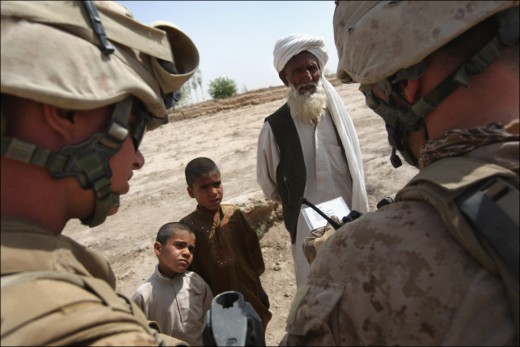
The US Marine Corps Special Forces utilize guerrilla tactics at times, though they call it maneuver warfare. The objective differs from conventional forces that seek to pursue and destroy the enemy in that Force Reconnaissance Marines are often significantly outnumbered, outgunned, isolated and unsupported as they aim to reconnoiter an objective rather than assault it. For this reason, their preference is to maintain stealth and if engaged, break contact under cover of mass firepower. The similarity between guerrillas and reconnaissance forces is the preference to hit the enemy hard and fast then break contact and withdraw rather than face them “toe-to-toe”.
Insurgents that we face today have a tendency to use terrorist tactics; the FBI defines terrorism as:
“The unlawful use of force or violence against persons or property to intimidate or coerce a Government, the civilian population, or any segment thereof, in furtherance of political or social objectives.”[i]
Socially, terrorism causes fear and intimidation among local populations; combined with effective propaganda, it can be blamed on the legitimate government or occupying forces. When it is directed towards the conventional force, it causes them to react differently or to become more anxious and make poor, politically detrimental decisions. Once this happens, insurgents can back them into a corner and force them to make a bad tactical decision with adverse political consequences. For example, in Iraq, a lady carrying a brown grocery bag approached a security post, completely ignoring signs in both English and Arabic warning people that they were to go no further and that they would be shot if they continuing. Warning shots were fired close enough that she has to stop in her tracks before proceeding. Experience had taught the Marines on guard to see the bag as a potential IED. The decision was made to take her down before she got close enough to do any harm to the unit. Explosive Ordinance Disposal was called in to investigate but the bag only contained groceries. She was doing nothing illegal or overtly aggressive and this incident provided ammunition for propaganda to be used against U.S. forces in theater as murderers of innocent women. As it turns out, this particular woman was recent widow whose husband had been killed by coalition forces. She was put up to this by the local insurgency with the intent of probing our defenses and generating anti-coalition propaganda. This would increase popular support of the insurgents and the anti-coalition sentiments would increase as a result.
Incidents like the one above are the reason that counterinsurgency operations have political ramifications. Straws on the camel’s back cause more restrictions to be placed on troops and their tactical options such as General McChrystal’s policy restricting the rules of engagement by essentially prohibiting the use of artillery and bombs near civilians. The cost of Afghan hearts and minds is American lives. Media coverage and propaganda fuel public outcry and increase pressure on those in office to change what may be working over there to what makes people over here happy. Along with the political impact, economic issues come into play. For example, the cost of time (man hours) and resources such as fuel, weapons and ammunition, training of government personnel all compound over time. Nine years, one housing market crash, umpteen percent unemployment and half a depression later we’re starting to feel it.
Counterinsurgency forces are represented by the giant from the analogy discussed previously. Customer service research and statistics indicate that every negative interaction required twelve positive interactions to restore the balance. Using that logic, one negative incident like the one above completely negates any political progress that was made. Every combatant that fights insurgents has the dual role of warrior and diplomat as he represents the political authority and acts as an ambassador to the civilians caught in the struggle. They must be socially conscious and exert an extra effort to make a positive impact so as not to strengthen their enemy’s position by turning neutral civilians into sympathizers or supporters of the insurgency. This is a big part of the reason that America doesn’t exercise its ability to turn the Middle East into a “giant kitty litter box”, a popular suggestion among some frustrated and patriotic—though short-sighted—Americans, as the nation grows tired of the war. Unfortunately the most noticeable part of counterinsurgency operations is the use of military force. All the debating and negotiating in the world will make little difference if the legitimate government in power finds itself unable to enforce its own policy—hence Theodore Roosevelt’s “big stick.” McChrystal seemed to have struck the balance and was actually making progress with the Afghan government, many of the Afghan government officials expressed hope that they’d be able to continue working with him[ii].
[i] Zalman, Ph. D., Amy, . 2008. Definitions of Terrorism. About.com. http://terrorism.about.com/od/whatisterroris1/ss/DefineTerrorism_6.htm
[ii] Sommerville, Quentin. Kabul to miss respected McChrystal. June 23, 2010. http://news.bbc.co.uk/2/hi/world/south_asia/10398425.stm (accessed June 25, 2010).
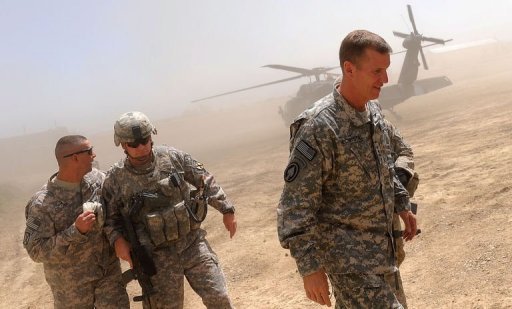
As the counterinsurgent force, America has essentially entered the ring for a fight with her right arm tied behind her back because right, wrong or indifferent, “Lady Liberty” refuses to accept civilian casualties to neutralize the insurgent threat. Casualty Aversion is another concept addressed by Thornton. Ms. Liberty’s left hand is full because she clings tightly to the scales of justice and the torch of liberty preventing her from reaching over her shoulder and into her red, white and blue rucksack to pull out the nuclear arsenal that is nothing more than dead weight since she refuses to use it. Furthermore, she also wears a blindfold and earplugs because the intelligence community is not supposed to spy on American citizens and yet, just recently, Pakistan arrested a group of Americans that made contact with Al Qaeda and had attempted to join the organization with the intent of carrying out a terrorist attack[i]. Add to that mental picture, a gag over her mouth, since America does not negotiate with terrorists. Meanwhile she is doing a transcontinental split with the toenails of one foot clinging to American soil because so many Americans want to bring all the troops home. The right leg is knee-deep and sinking into the sand of the Middle East as the insurgents succeed at drawing out the conflict and draining our resources. Those who know their history may recall Operation Cyclone and see that one can’t get away from karma.
The good news is that while in such a precarious position, Lady Liberty does not have her nose plugged; all the better to smell how fecund the situation grows as her foot sinks deeper into the sand and President Obama’s ratings hit an all-time low[ii]. This is the essence of modern asymmetrical warfare as America attempts to counter the insurgents and guerrillas on the social, political and military arenas.
We find ourselves fighting the “three-block-war”, a term coined by former Marine Commandant General Charles Krulak where troops are expected to shift seamlessly among full scale military action, peacekeeping missions, and humanitarian relief[iii]. This situation discussed previously regarding the woman carrying groceries towards a security post is an example of the gray street between one block and the next in the “three-block-war.” While the gunner was well within the Law of Land Warfare[iv] and rules of engagement, the court of public opinion would likely say that he shouldn’t have pulled the trigger even though insurgents had been wearing women’s clothing to avoid being searched by the predominantly male American forces. The insurgents that put her up to it declared Americans murderers of innocent civilian women as well as hypocrites for chastising them for the same in their propaganda campaign to gain popular support. As combat continues to evolve, asymmetrical warfare resurfaces yet again and America finds herself playing the reactive role of fighting a counterinsurgency. As we sprint a marathon war, three blocks at a time, it becomes necessary to create a symmetry in the asymmetry of insurgency and guerrilla warfare without compromising our socio-politico-military approach to warfare.
Not a stance, just a thought. Looking forward, General Petraeus did well in Iraq and will hopefully be able to replicate the same success in a vastly different environment posed by Afghanistan. He has expressed the intent to relax the rules of engagement to some degree so that we’re not sitting ducks. General McChrystal did a 180 degree turn from how we entered this conflict. He took things in the right direction, though from one extreme to the other and now that General Petraeus is taking command, perhaps there will be a happy medium that satisfies both tactical and political leaders.
[i] Mir, Amir. Convicted Americans were hired by Qari Saifullah. June 25, 2010. http://www.thenews.com.pk/daily_detail.asp?id=247091 (accessed June 25, 2010).
[ii] CMR. Obama Approval Rating At Unbelievable Low After General McChrystal Firing. June 24, 2010. http://www.current-movie-reviews.com/politics/2010/06/24/obama-approval-rating-at-unbelievable-low-after-general-mcchrystal-firing/ (accessed June 25, June).
[iii] Charles C. Krulak,. "The Strategic Corporal: Leadership in the Three Block War." Marines Magazine, 1999
[iv] Grant, Rebecca, . "In Search of Lawful Target." Air Force Magazine, 2003, 38-44. http://www.afa.org/magazine/feb2003/02targets03.pdf
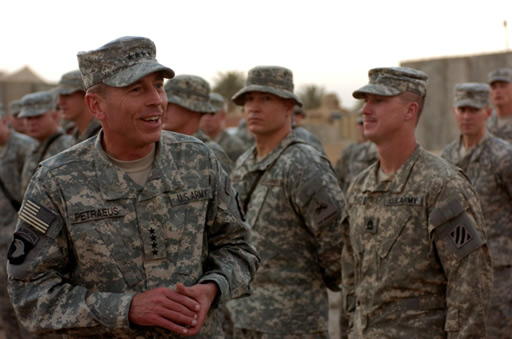
References
Barnett, Roger. Asymmetric Warfare: Today's Challenge to U.S. Military Power. Washington D.C.: Brassey's Inc., 2003.
Britanica.com. Guerrilla Warfare. http://www.britannica.com/EBchecked/topic/248353/guerrilla-warfare (accessed April 2008, 25).
CMR. Obama Approval Rating At Unbelievable Low After General McChrystal Firing. June 24, 2010. http://www.current-movie-reviews.com/politics/2010/06/24/obama-approval-rating-at-unbelievable-low-after-general-mcchrystal-firing/ (accessed June 25, June).
Gombo, Johnie,. Understanding Guerrilla Warfare. April 27, 2005. http://www.globalsecurity.org/military/library/report/1990/GJ.htm (accessed June 20, 2010).
Grant, Rebecca. In Search of Lawful Targets . February 2003. http://www.airforce-magazine.com/MagazineArchive/Pages/2003/February%202003/0203targets.aspx (accessed june 25, 2010).
Guerrilla Warfare. http://en.wikipedia.org/wiki/Guerrilla_warfare (accessed June 2010, 20).
Joint Publication 1-02. 2008. www.dtic.mil/doctrine/new_pubs/jp1_02.pdf (accessed June 25, 2010).
Krulak, General Charles C. "The Strategic Corporal: Leadership in the Three Block War." Marines Magazine, January 1999.
McClintock, Michael. Instuments of Statecraft. 2002. http://www.statecraft.org/ (accessed June 23, 2010).
Mir, Amir. Convicted Americans were hired by Qari Saifullah. June 25, 2010. http://www.thenews.com.pk/daily_detail.asp?id=247091 (accessed June 25, 2010).
Sommerville, Quentin. Kabul to miss respected McChrystal. June 23, 2010. http://news.bbc.co.uk/2/hi/world/south_asia/10398425.stm (accessed June 25, 2010).
Thornton, Rod. Asymmetric Warfare. Cambridge: Polity, 2007.




